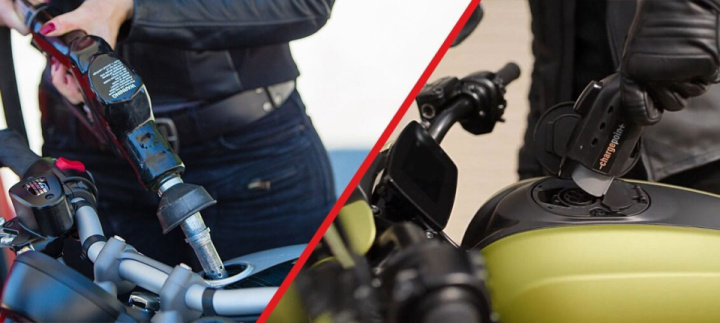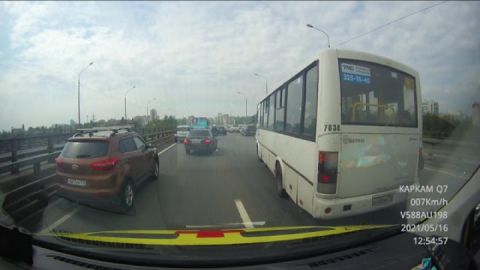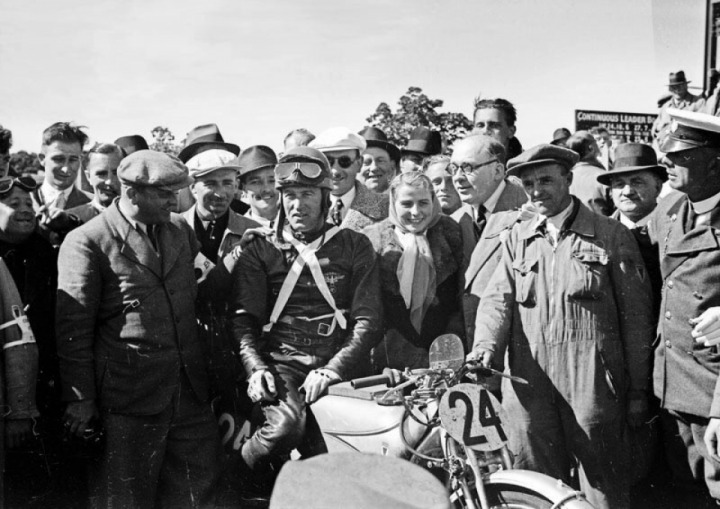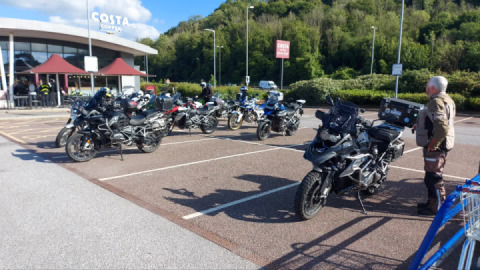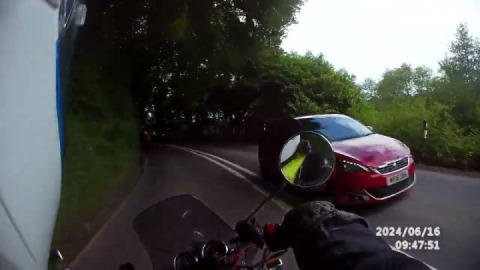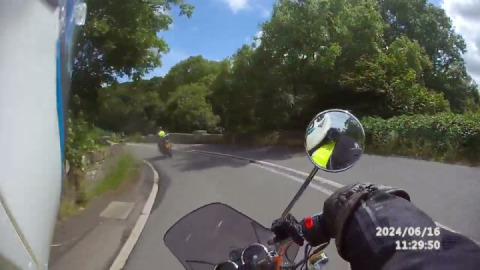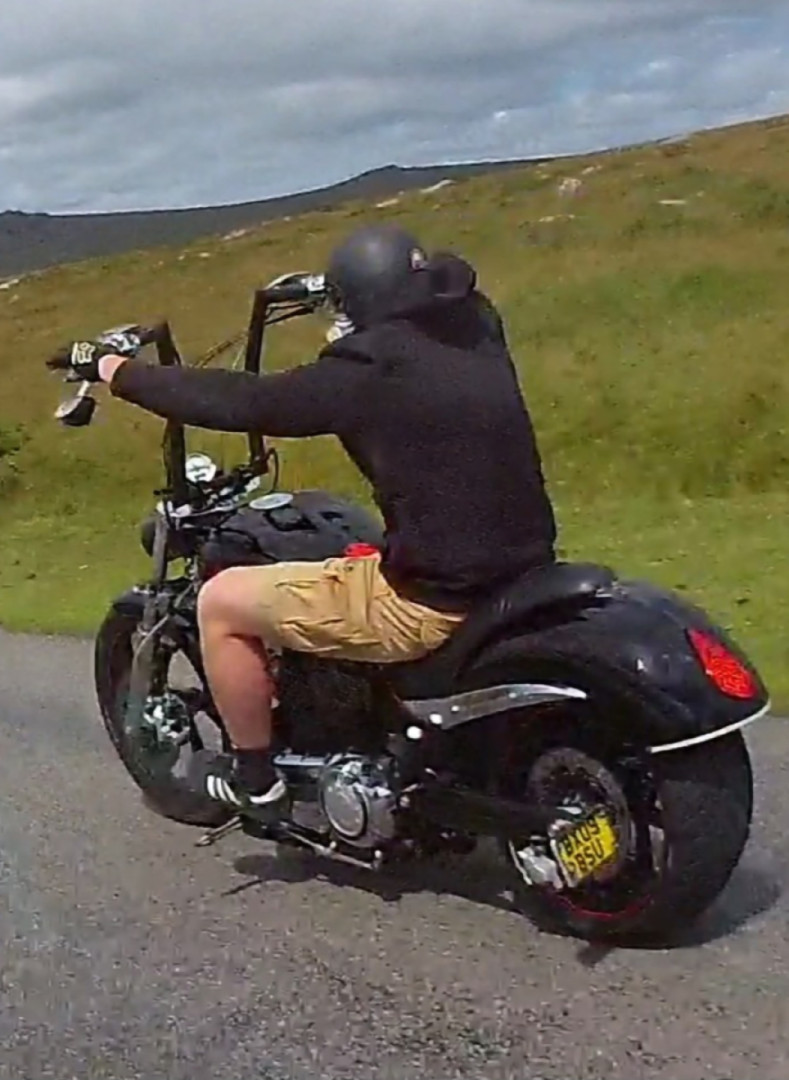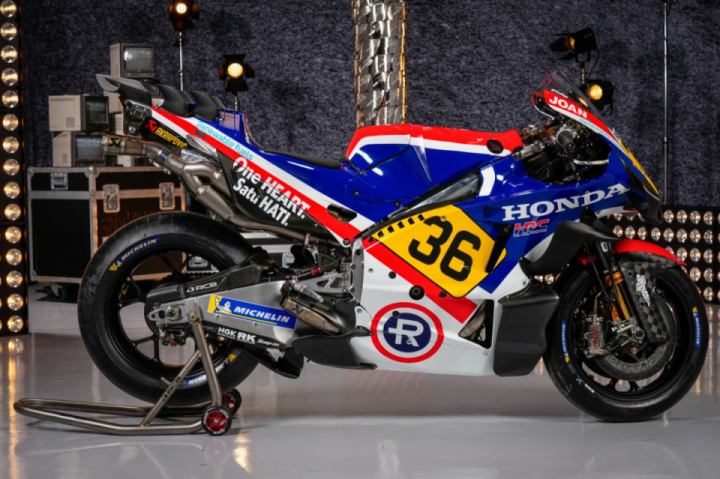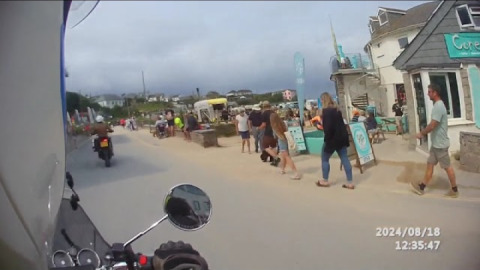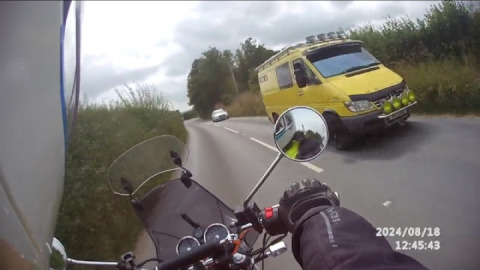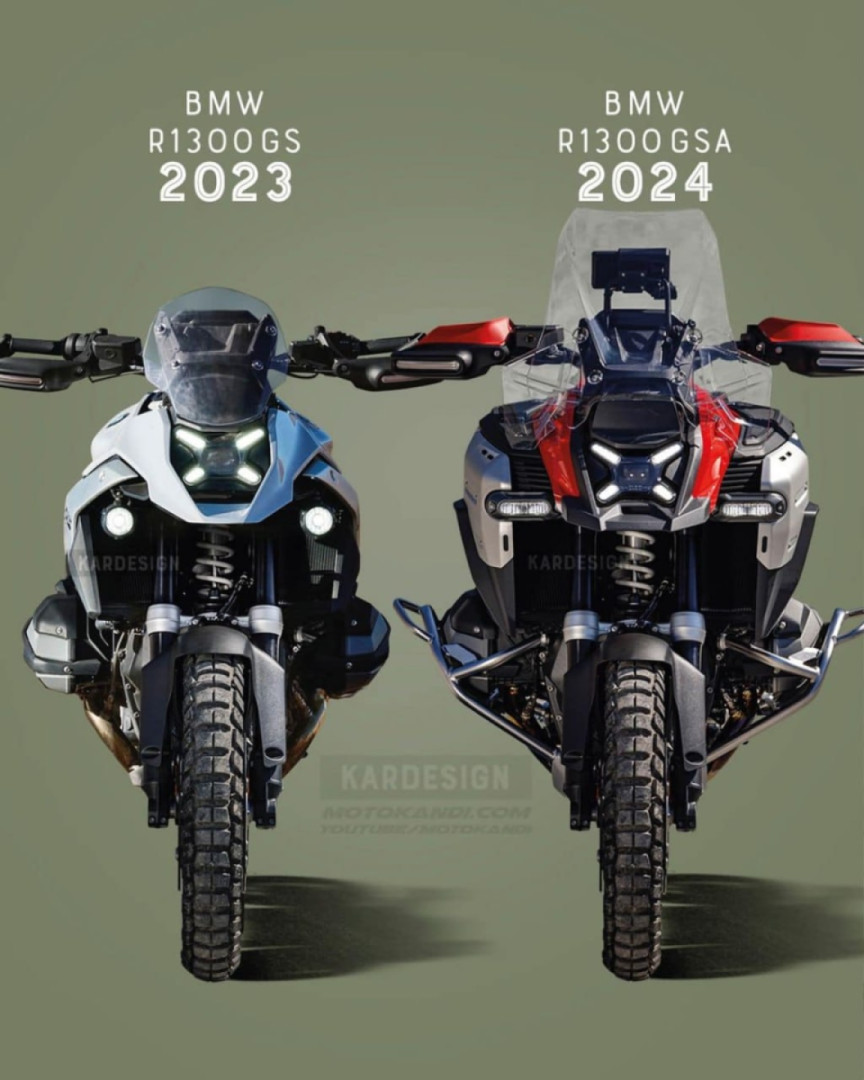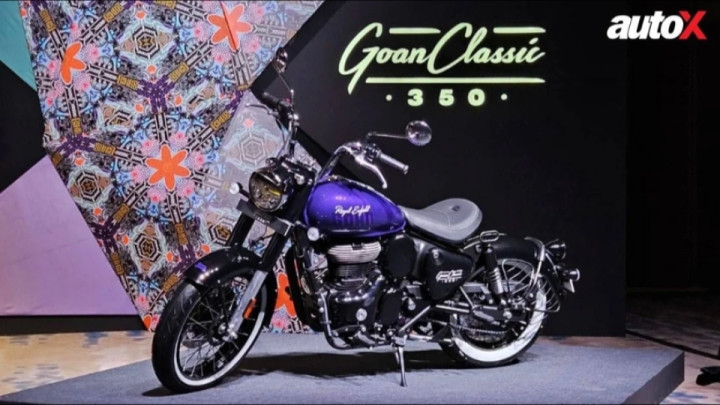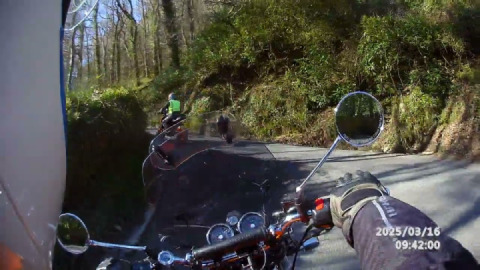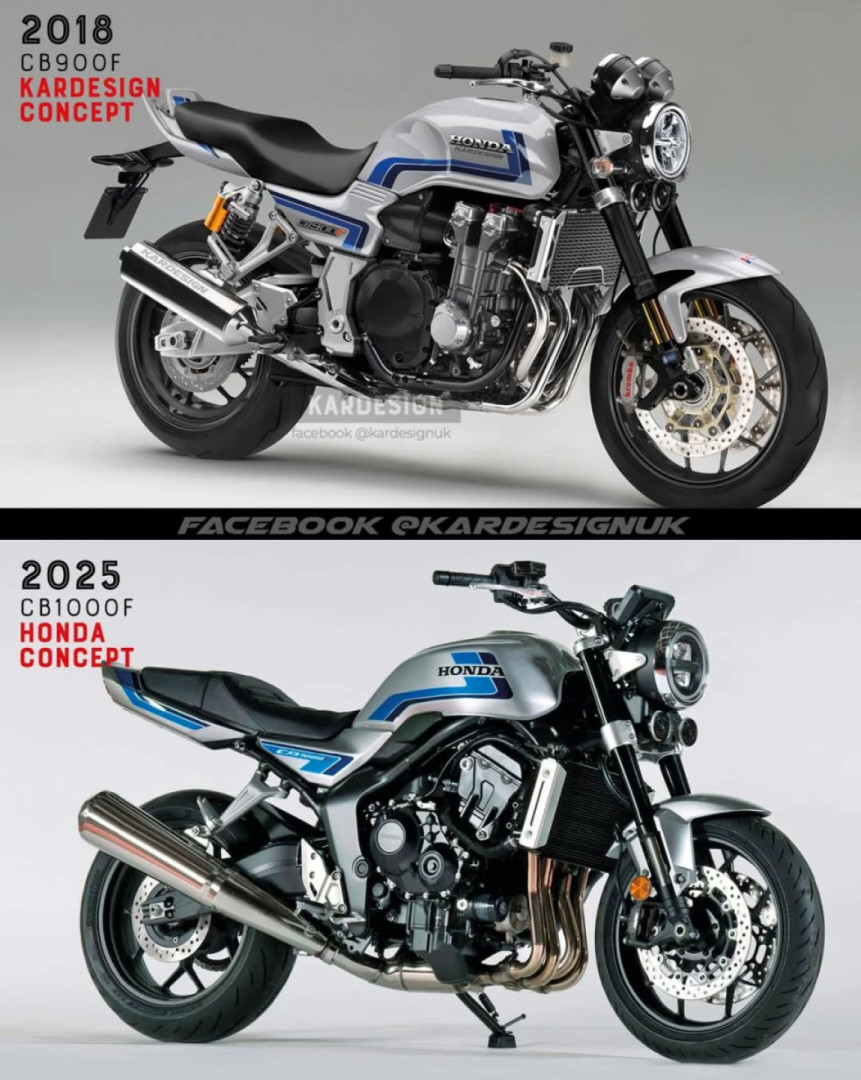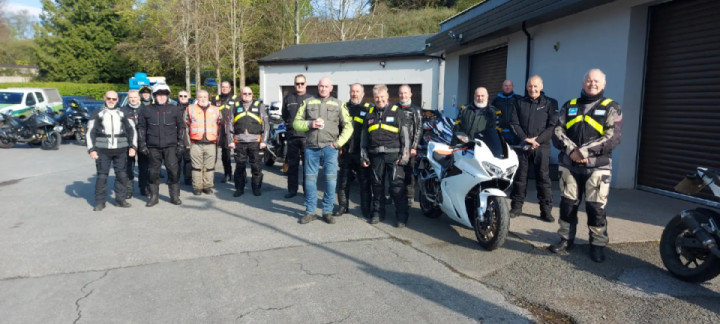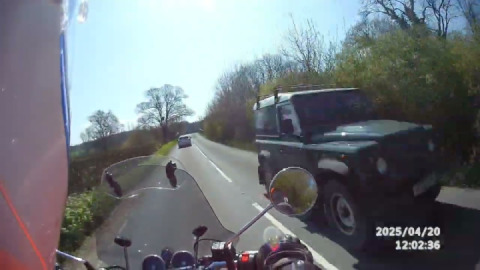Nazi Blitzkrieg motorcyclists revealed in photographs
These pictures show just how central motorbikes were to the Nazi war effort as Hitler unleashed Blitzkrieg on the continent.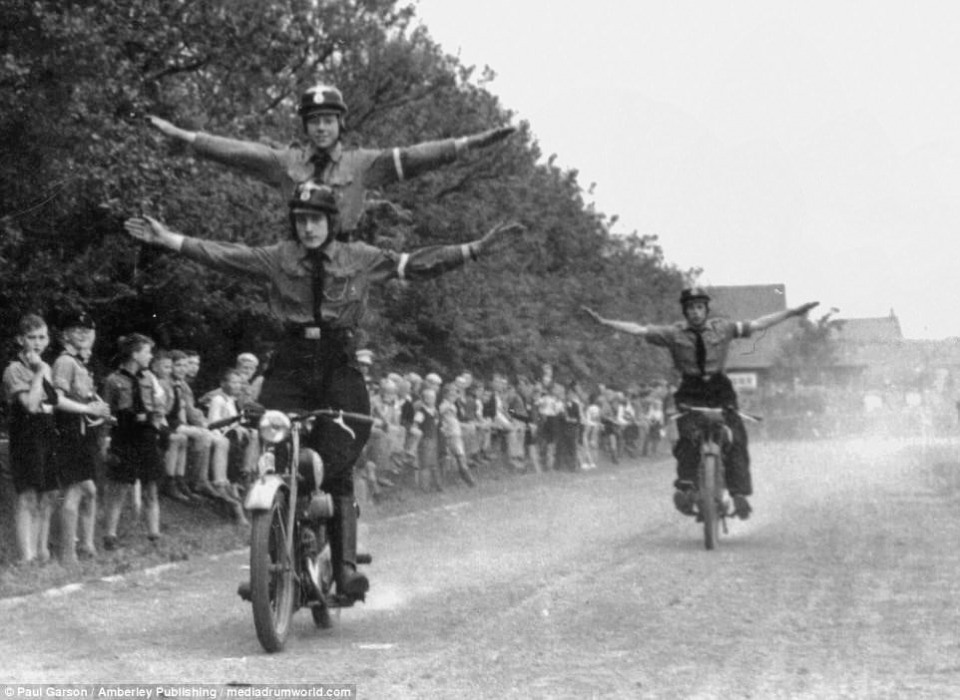
The Nazis used motorbikes as a key part of their fast-moving attacks which tore through Holland, Poland and Czechoslovakia at the start of the war.
German motorbike and sidecars which have since appeared in scores of war films, as well as the stunts pulled by riders as they attempted to show off their skills.
A new book studying motorbikes during the Second World War features a number of stunning photos of Nazi soldiers performing stunts, including these National Socialist Motor Corps (NSKK) riders showing off before the Hitler Youth
Leather cloaks were part of the kit.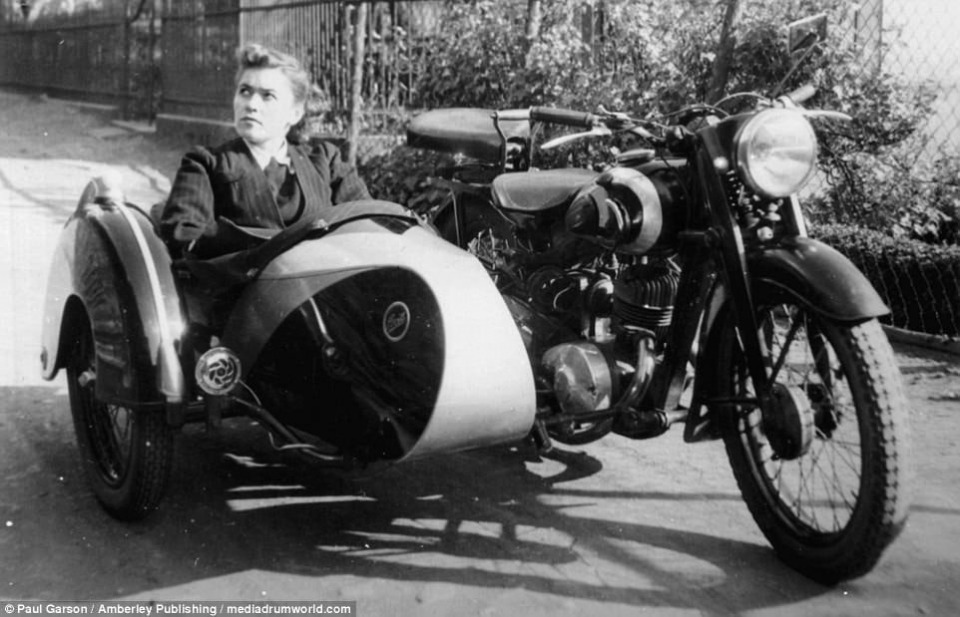
French woman sitting in a German sidecar in occupied lands.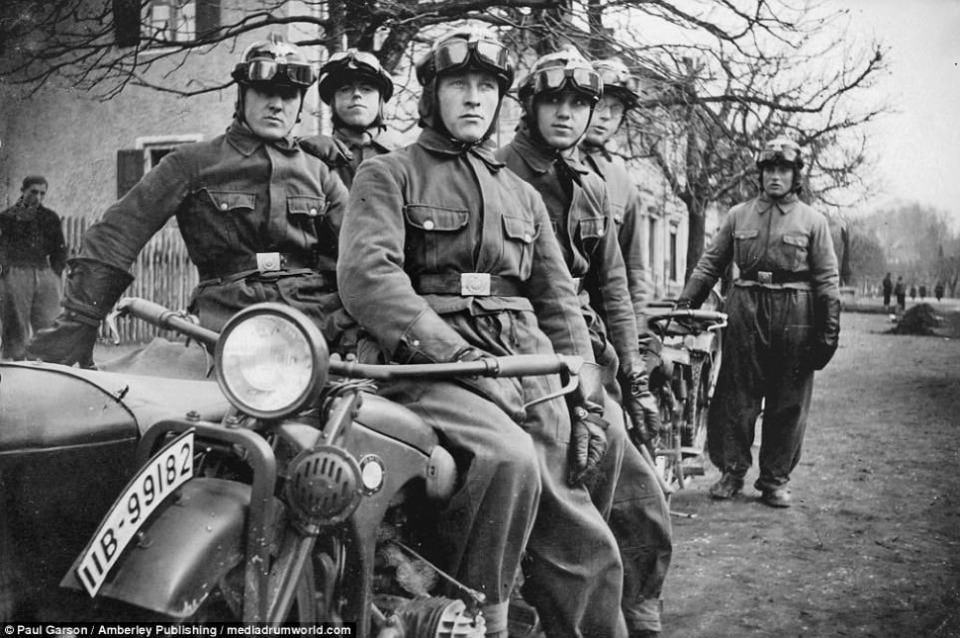
Hundreds of riders from Hitler’s NSKK corp (pictured in Bavaria) used the BMWs being rolled off production lines in Germany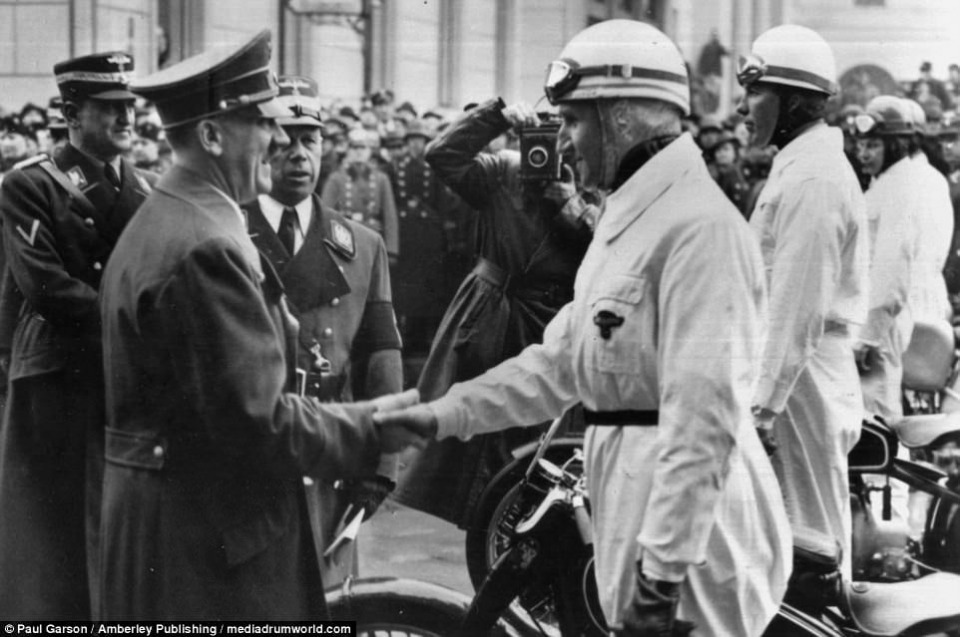
The importance of bikes to the war and the enthusiasm they fostered among the public is shown here in a photo of Hitler with German motorcycle racer and former land speed record holder Ernst Jakob Henne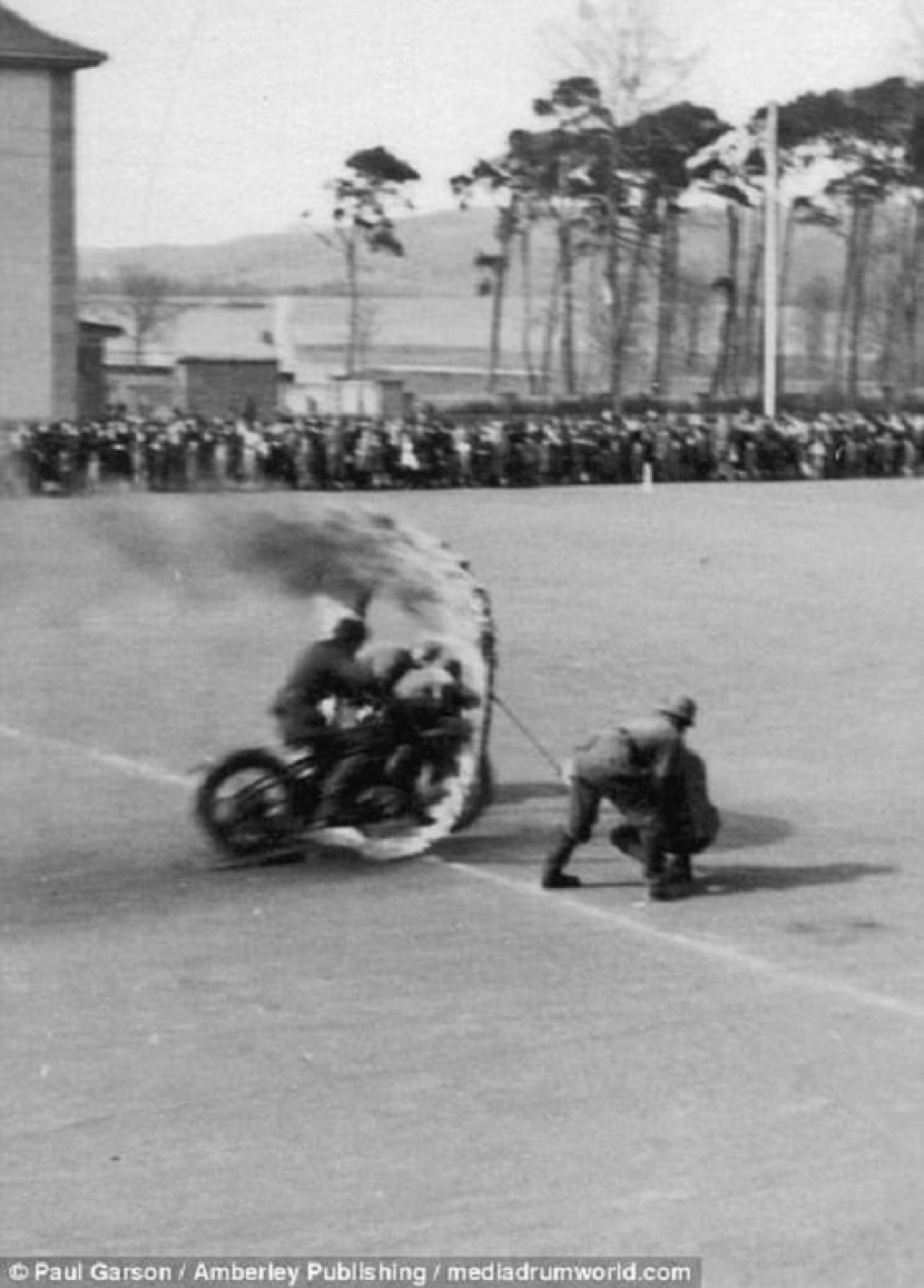
The motorbikes were put to use for propaganda on the home front, with displays before large crowds used to boost morale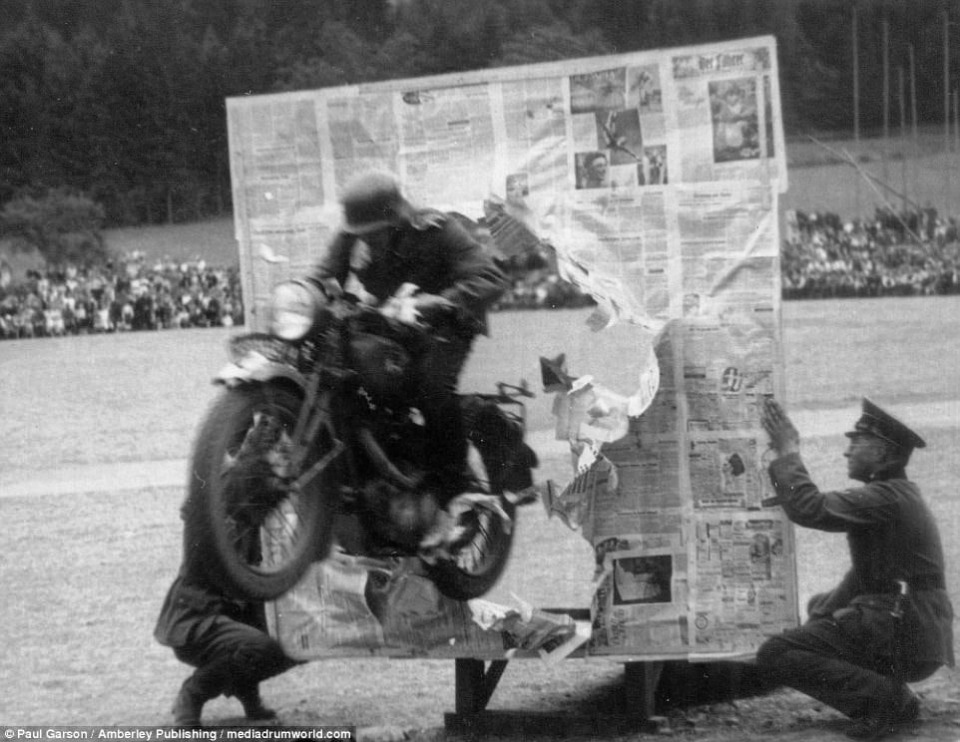
A German motorcyclist jumps through a sheet of newspaper before crowds in a display before the war started in June 1938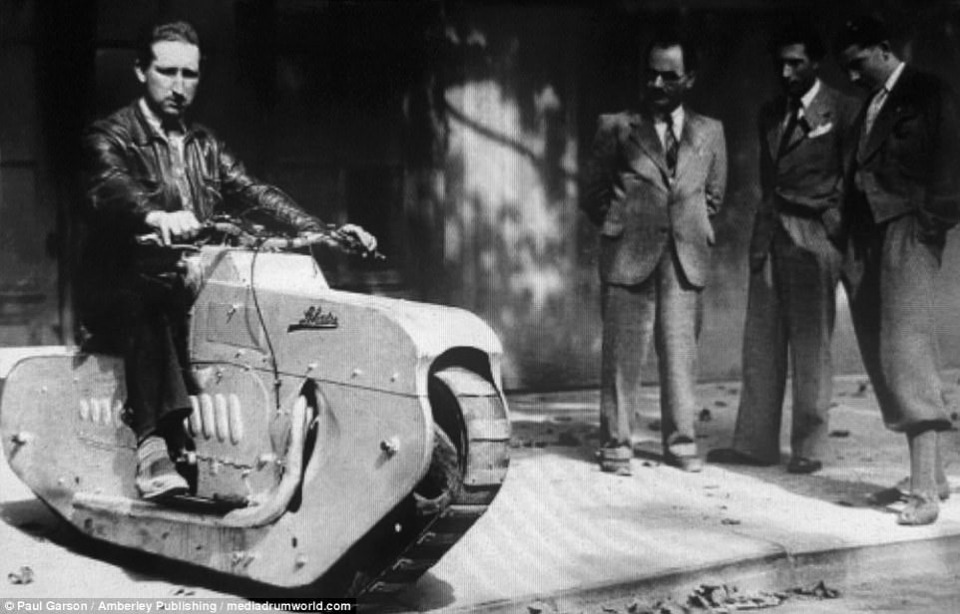
The attempt at creating a military bike, such as the French bid to combine the motorbike and the tank in this LeHaitre prototype from 1939
As well as forming part of the attack, motorbikes were widely used by Hitler’s forces to carry out patrols in occupied countries and carry messages to and from Berlin.
Paul Garson, author of the book Two-Wheeled Blitzkrieg, said: ‘Motorcycles have been going to war as long as there have been motorcycles around to go to war.
‘They were recruited for the battlefield thanks to their merits of speed, manoeuvrability and adaptability as a weapons platform – not to mention their cost effectiveness when compared to other mechanized implements of modern warfare.’
Mr Garson uncovered the story of one rider who loved his motorbike so much he offered to buy it from the army at the end of the war.
Motorcycle corp riders in infamous Nazi helmets joke around with a pram during a manoeuver by the group during the war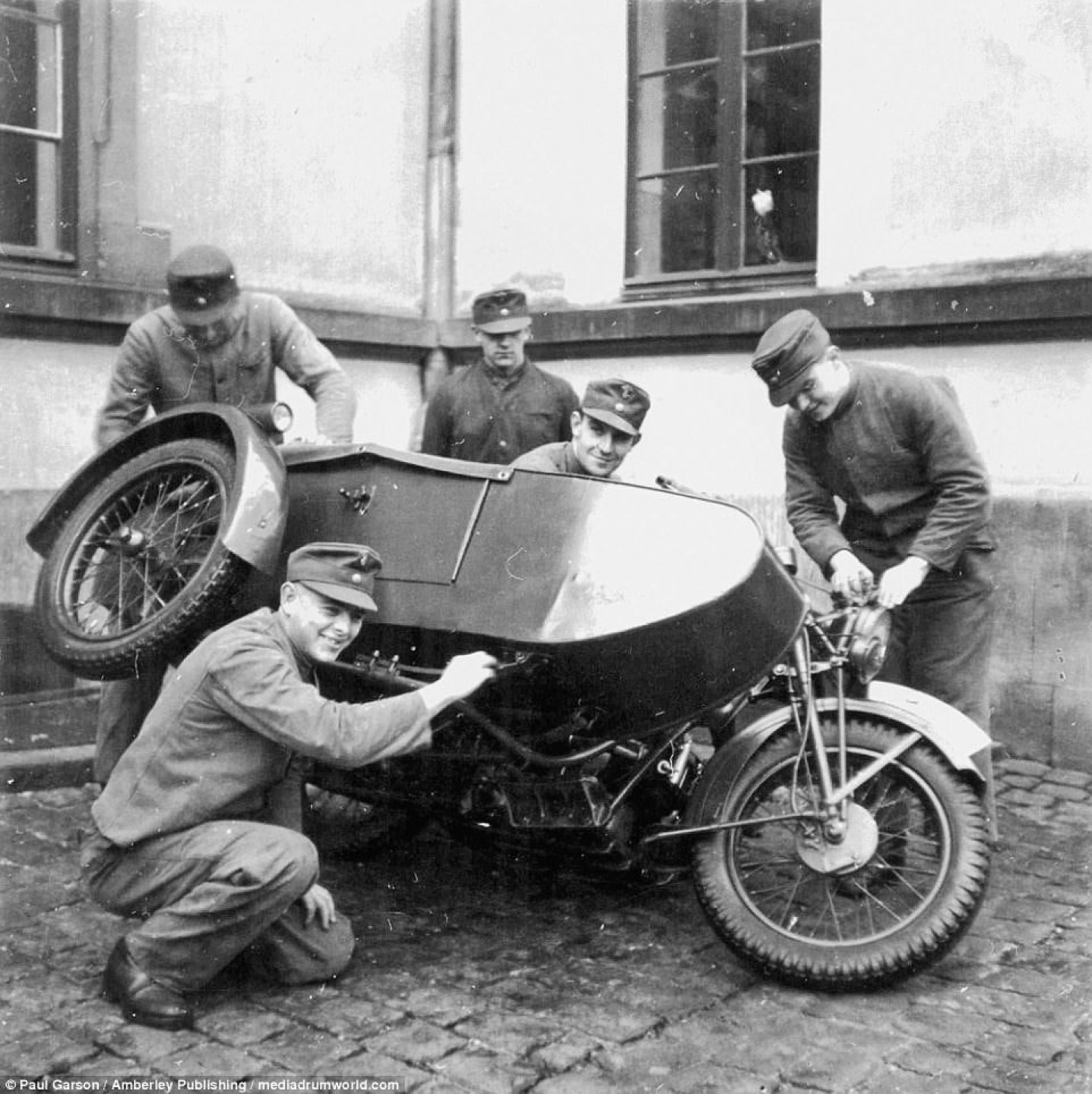
Motorbikes and sidecars were popular among Nazi high command as they were quick to fix and agile in the battlefield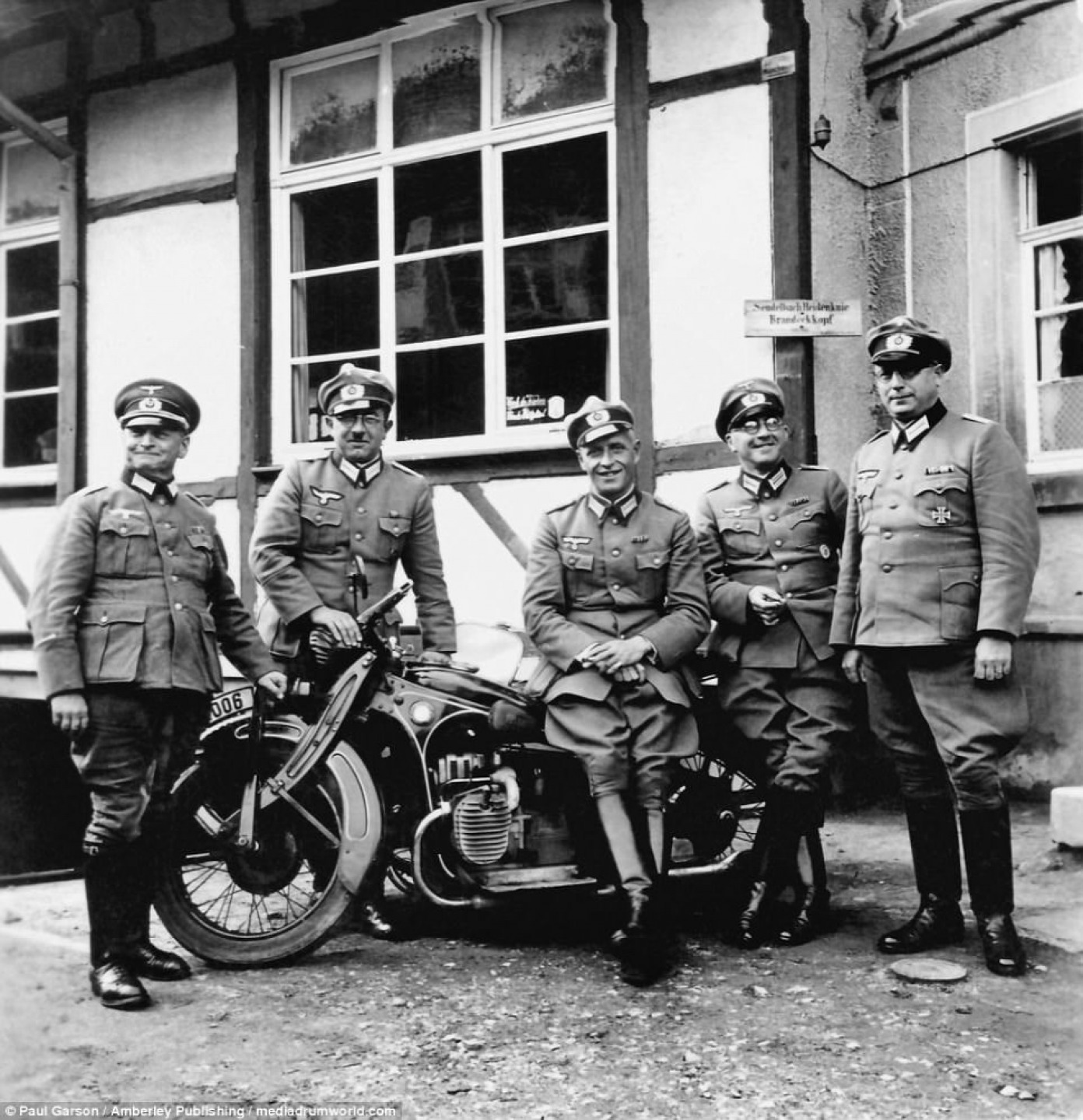
German army developed motorbikes for warfare starting from the First World War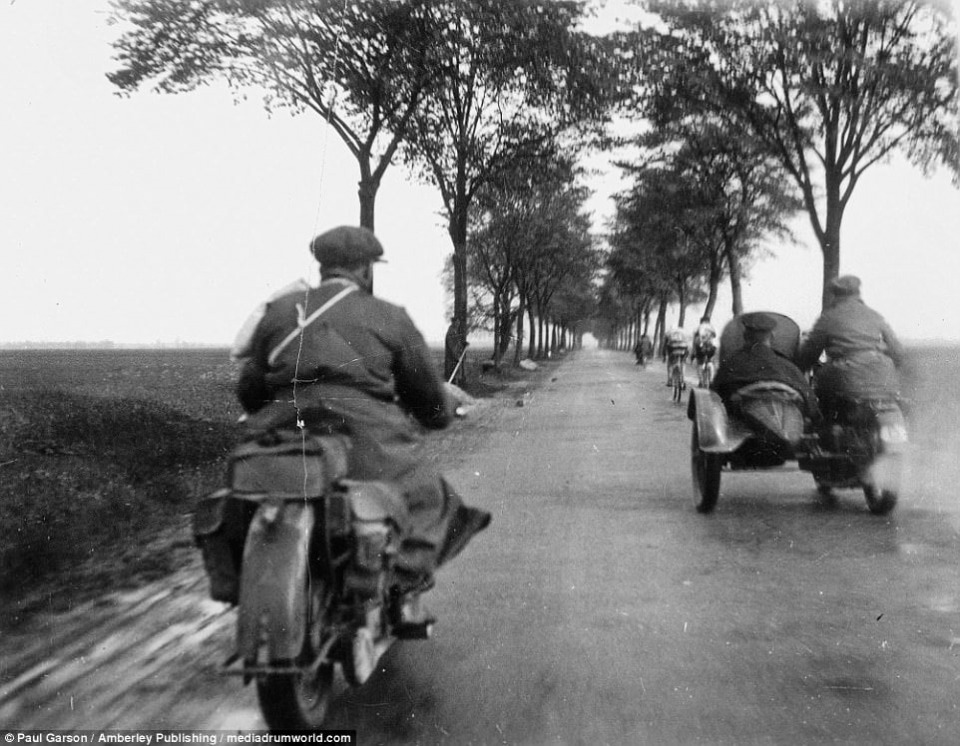
The BMW bikes used by the Wehrmacht suited the ‘Blitzkrieg’ style of rapid-advance attack favoured by Nazi high command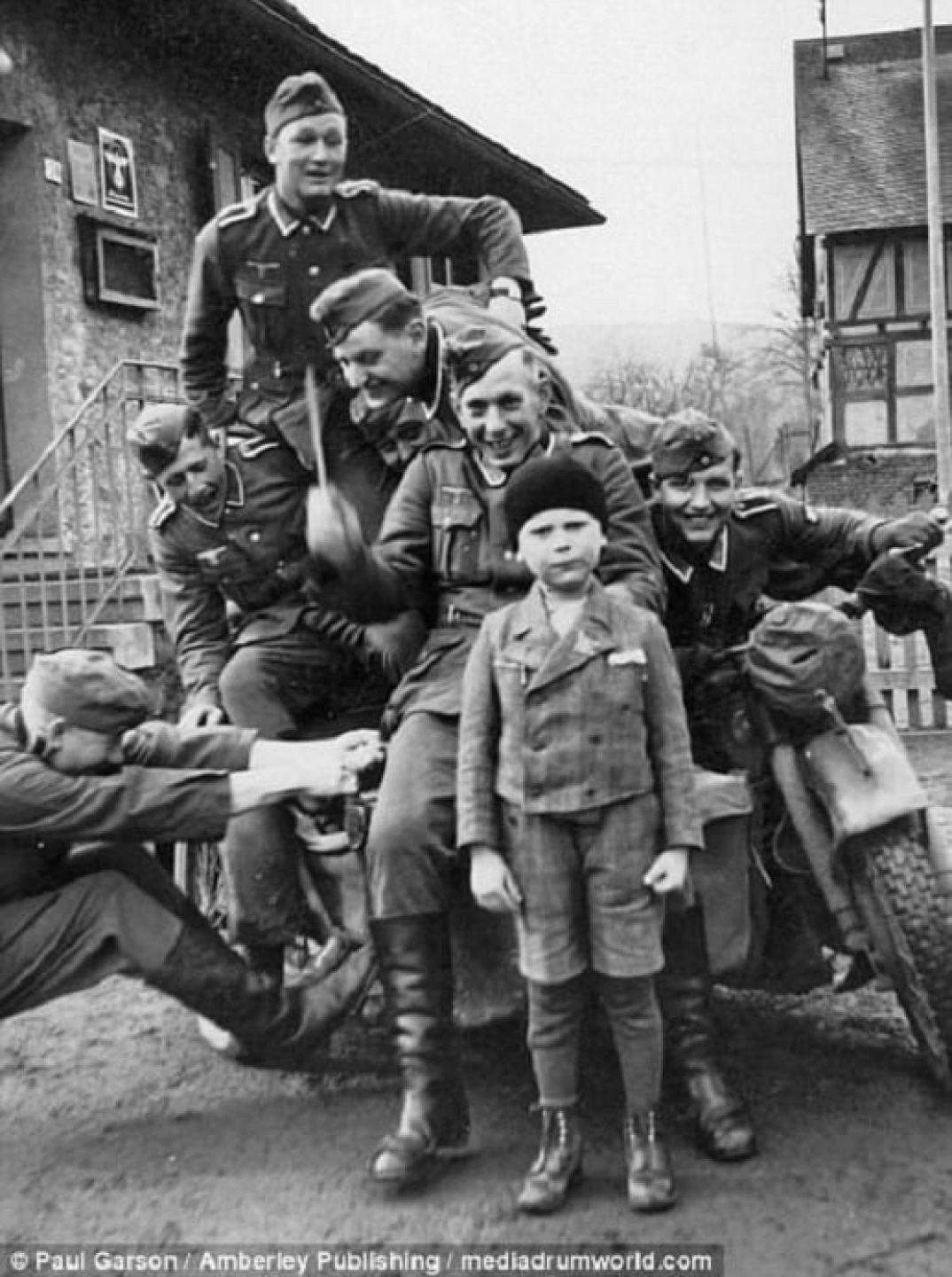
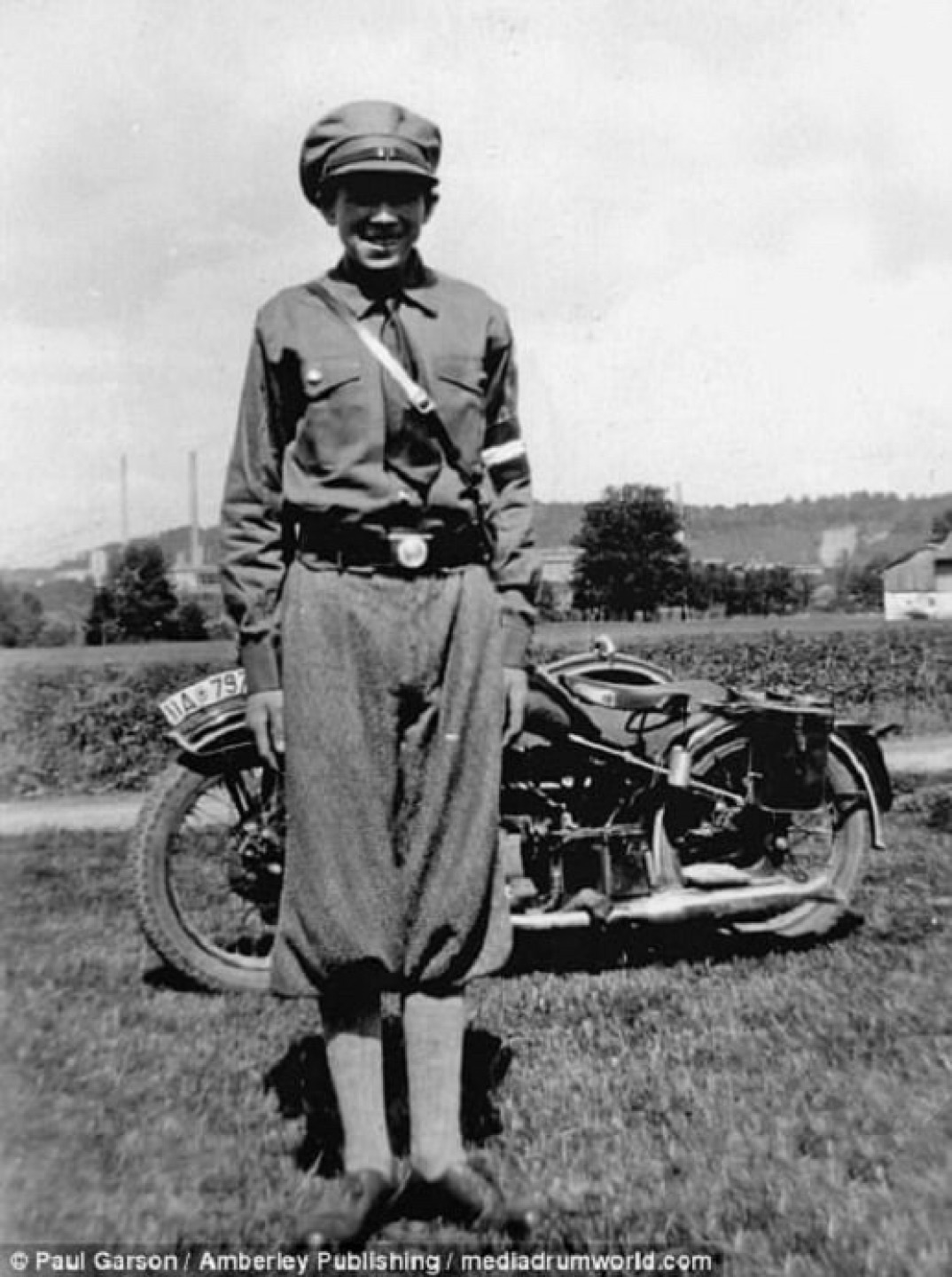
The lifestyle of the motorbike rider was used to attract youngsters to the Nazi cause at home and in occupied countries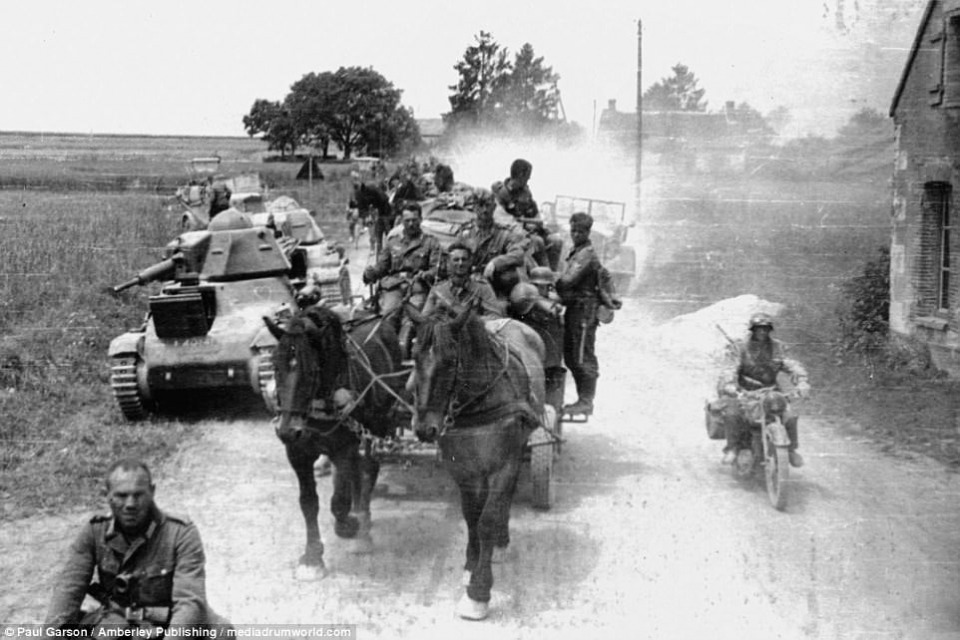
This photo of troops moving through France in 1940 shows the advantages of bikes over other forms of transport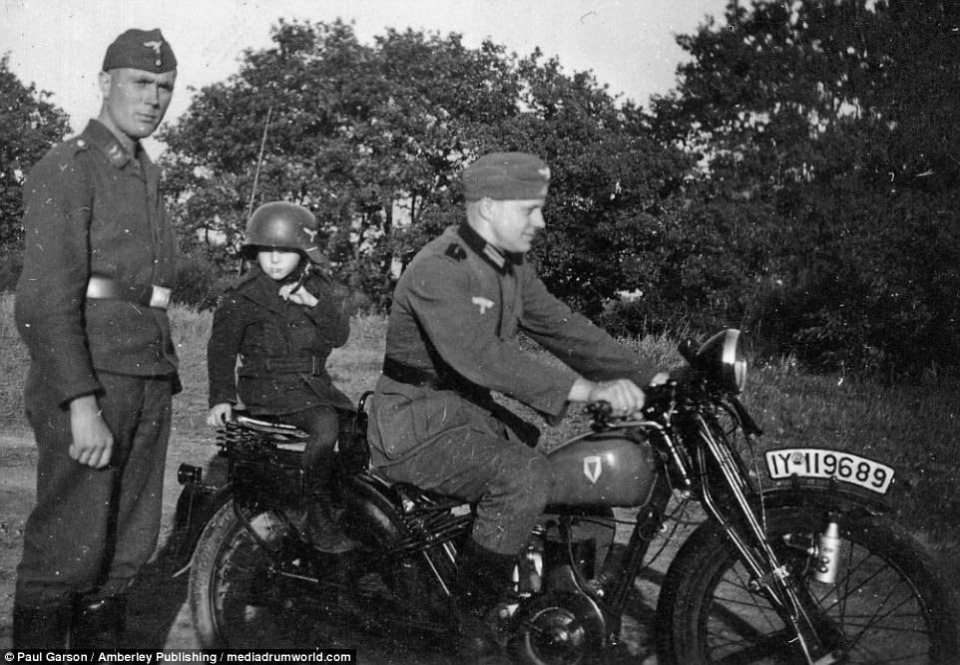
A Luftwaffe corporal stands by an army trooper and a young boy aboard a civilian DKV Luxus 200 before the war in the 1930s
The bikes were so successful in the German attack on the Soviet Union that Stalin himself ordered his factories to start producing bikes copying the BMW design used by the Germans.
In the later stages of the war, the US also significantly increased motorbike production, with over 90,000 being produced during the war.
The pictures unearthed by Mr Garson’s research also show pre-war motorbikes used by the military.
He added: ‘Motorcycles were first introduced into the German military arsenal in 1904 when fourteen NSU machines appeared during the Imperial Manoeuvres,’ Paul said.
‘By 1911, with the addition of sidecars that could carry additional men, weapons and material, some five-thousand-four-hundred machines joined the German army during the First World War of 1914–18.’
Two-Wheeled Blitzkrieg is published by Amberley Publishing.
The pictures show some of the bizarre attempts nations made to utilise bikes for war, including this British photo from 1889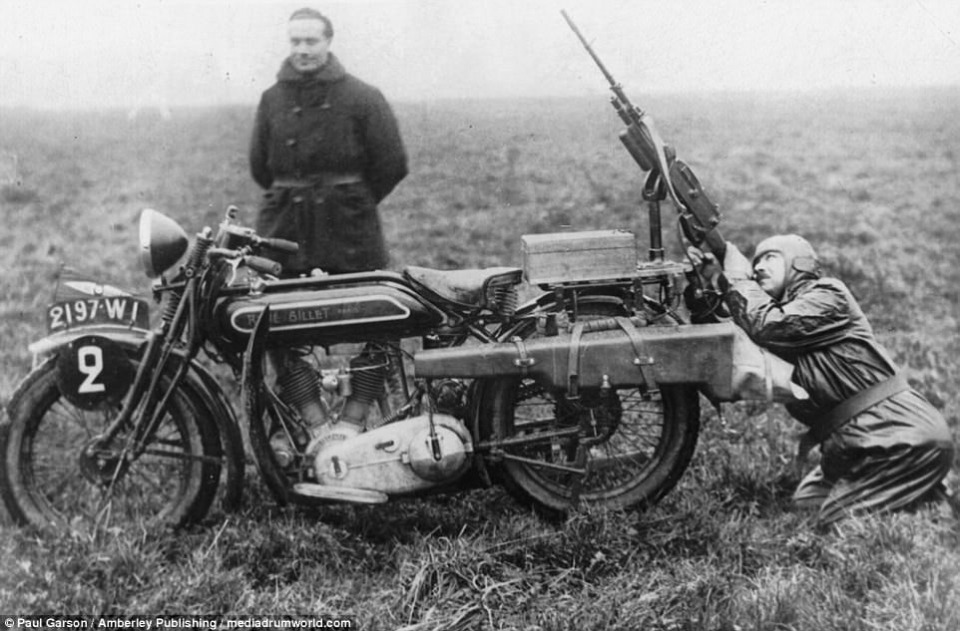
A French soldier in the 1920s uses a machine gun mounted on the back of a bike during a practice exercise
Ps. I hope that this post will not offend anyone, and it is made to show the history of motorcycles during the war.
 Follow
3.8K
Follow
3.8K



